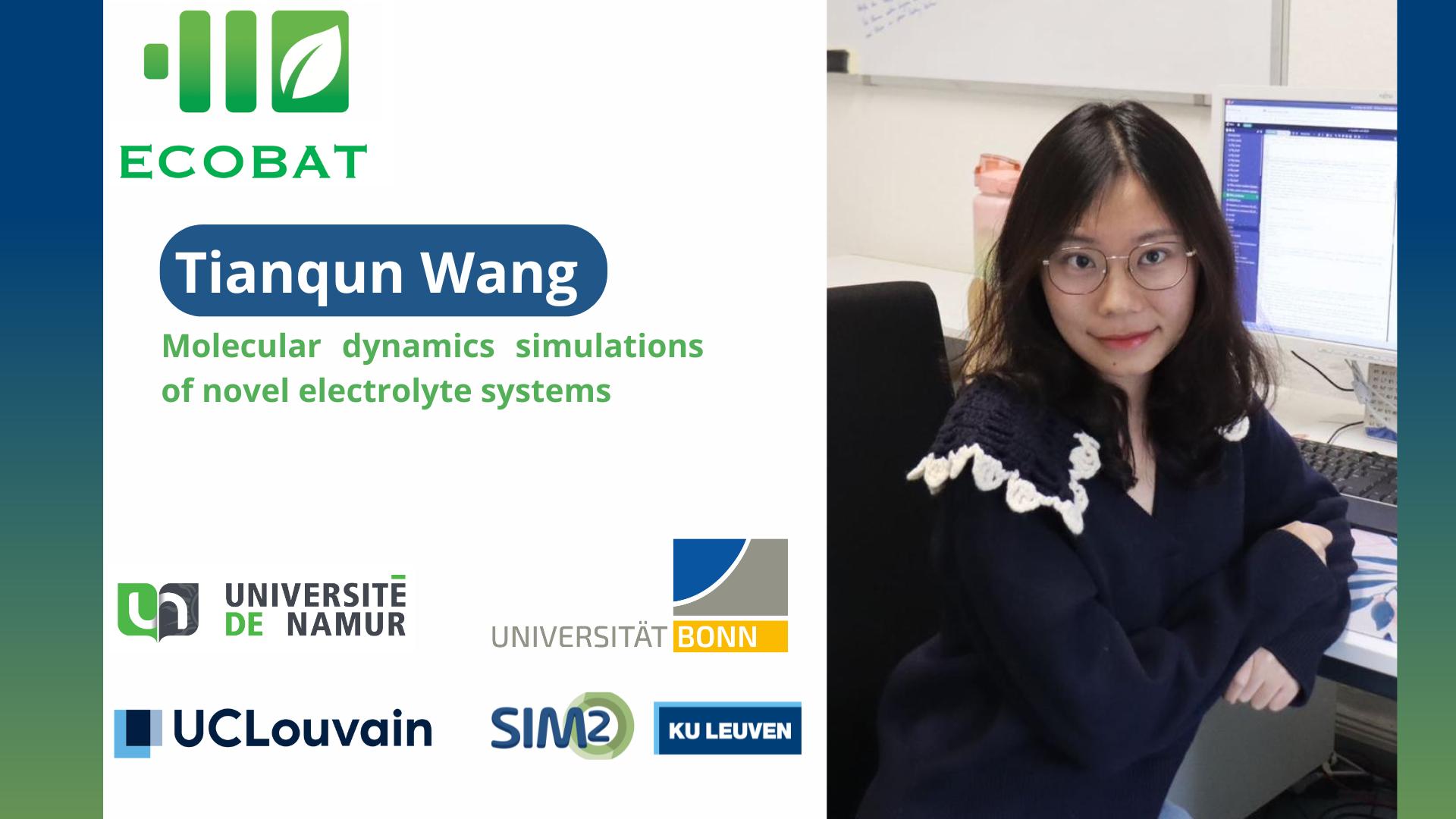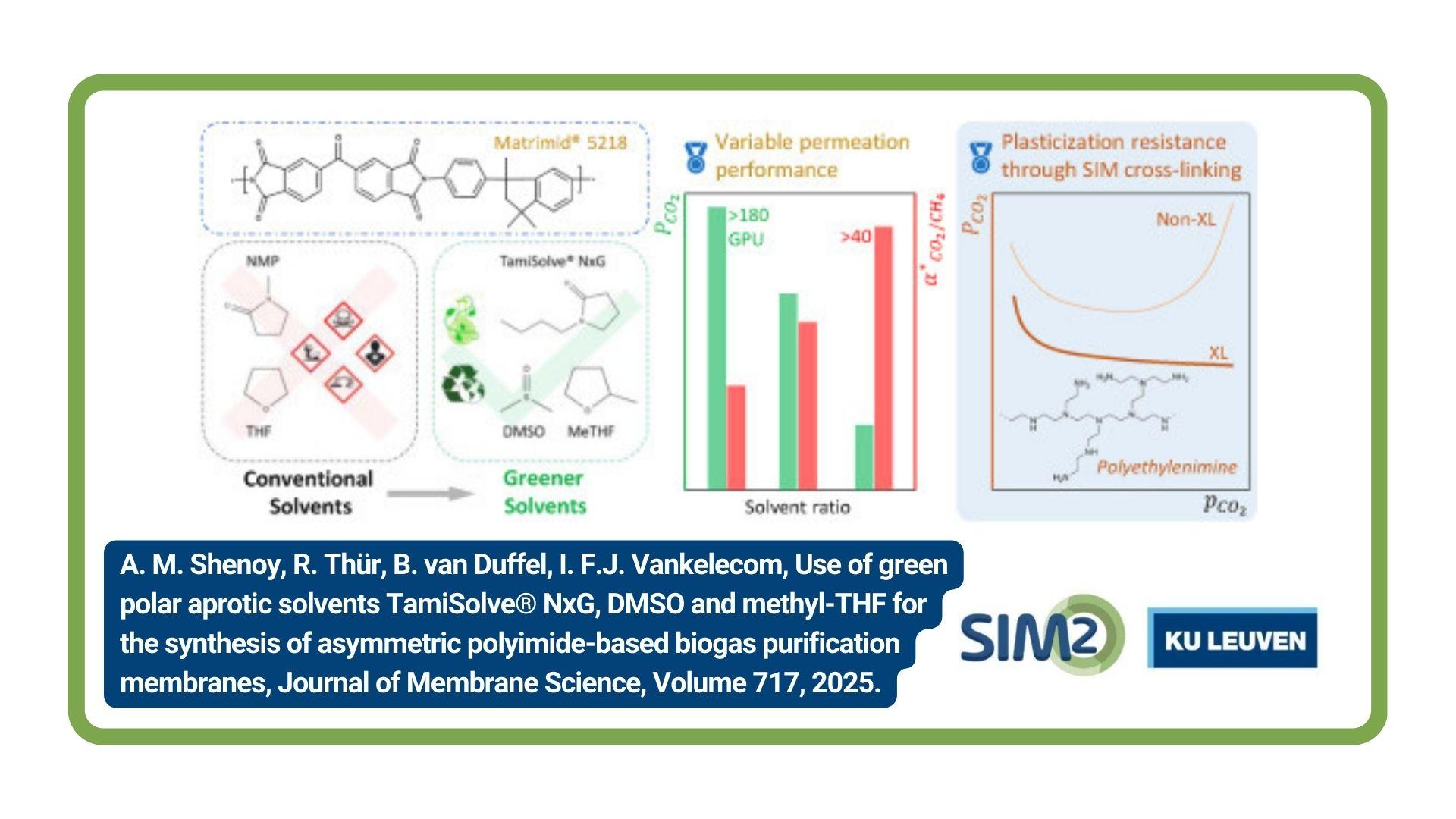In view of improved recycling, the KU Leuven’s lifecycle engineering (LCE) research group (SIM² – KU Leuven) has explored a new methodology to systematically quantify the composition of Waste Electric and Electronic Equipment (WEEE) plastics. The work was published in the MDPI journal Sustainability.
WEEE plastics
Waste Electric and Electronic Equipment (WEEE) is a prominent and increasing waste stream. Recyclers are dedicating considerable efforts to the recovery of rare earth elements from this stream. WEEE plastics, however, have yet to receive the same attention in industry and research.
This has several reasons: the perceived complexity of the WEEE plastics stream, being composed of many different polymers; the technical and economical difficulty of sorting distinct polymers; the plausible presence of heritage additives currently banned; and most importantly, the lack of knowledge regarding the composition of the WEEE plastics waste stream.
WEEE Directive
Fortunately, plastics recycling is gaining increasing attention from the European Commission. In 2014, the WEEE directive came into effect, imposing ambitious recycling WEEE recycling targets. These targets can only be achieved if WEEE plastics are adequately treated. In order for the directive to set in motion a blossoming circular economy for WEEE plastics in the EU, the aforementioned obstacles have to be overcome.
Plastic content quantification
In our paper, we provide an extensive quantitative overview of the WEEE plastics waste stream, through both empirical experiments and a statistical integration methodology for prior research. Combining manual composition analysis, FTIR and XRF, we identified the base polymers and presence of hazardous additives of over 3800 samples of WEEE products.
Through data integration, we were able to place the empirical results in a larger context, and also identify proportions of WEEE sub-streams, from the level of all collected WEEE through product classes all the way down to the level of individual product components.
Furthermore, we identified key product classes for which the polymeric compositions are fairly homogeneous and in which additive substances are absent, making them promising targets for plastics recycling.
Policy relevance
Hence, the research provides detailed insight into the plastic content in waste electric and electronic equipment (WEEE). The results are academically relevant, as data on plastic fractions of WEEE streams is scarce and often outdated.
Not only does the obtained quantification provide direct insight into such streams, the methodology is also easy to replicate and can be systematically applied to update the data over time. Especially, for rapidly developing WEEE plastics stream, this data is essential for policy-makers in evaluating realistic recycling targets. It also directly informs material recycling facilities in efficiently sorting and recycling materials.
A particular result that may inform both stakeholders is that the stream of waste small household appliances may be less complex in polymeric composition than previously believed. At the same time, results confirm that distinct plastic types can be found in different product categories and that flame retardants are only found in high concentrations in specific waste streams or components thereof.
Hence, the presented analysis provides a quantitative substantiation for the separate collection and treatment of specific waste streams in order to reduce the complexity of the mix of plastic types and allow for the more cost-efficient and higher quality recycling of plastics. This may result in improved mechanical recycling and more firm recycling targets.
Full reference of paper
Alexander Boudewijn, Jef R. Peeters, Dirk Cattrysse, Wim Dewulf, Luca Campadello, Alessia Accili, Joost R. Duflou, Systematic Quantification of Waste Compositions: A Case Study for Waste of Electric and Electronic Equipment Plastics in the European Union, Sustainability 2022, 14(12), 7054; https://doi.org/10.3390/su14127054
Author: Jef Peeters
LCE research group and EAVISE Research Group






